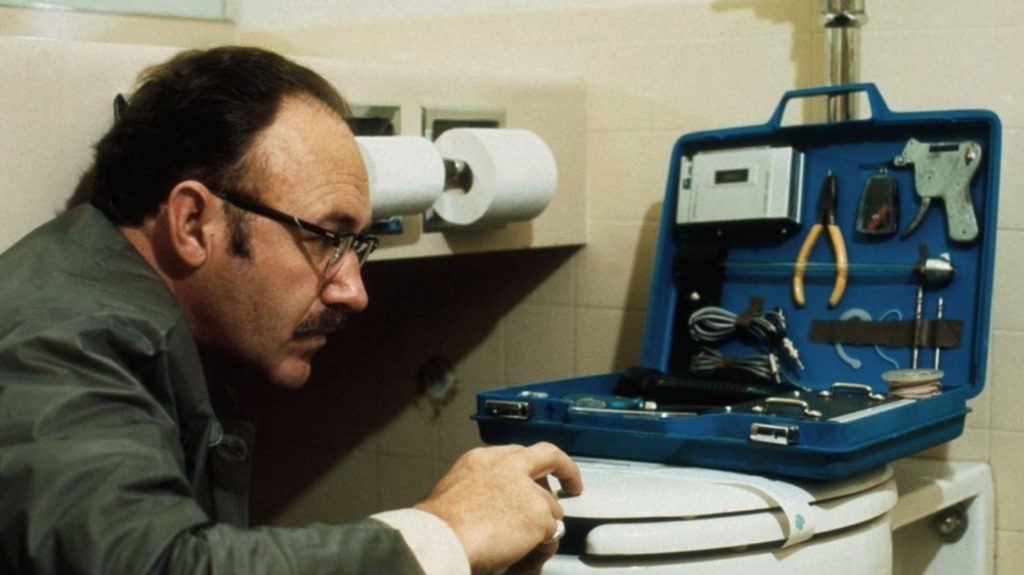How Did Vito Corleone Know it Was Barzini All Along?
Unmasking the Puppet Master: Emilio Barzini’s Role in “The Godfather”
Francis Ford Coppola’s 1972 masterpiece, “The Godfather,” is a film rich with complex characters and intricate plot lines, woven into a dense tapestry of power, betrayal, and family loyalty. At the heart of the film’s conflicts is the power struggle among the Five Families of New York’s organized crime, which ultimately reveals Emilio Barzini as the true antagonist masterminding the decline of Vito Corleone. This analysis explores how Vito Corleone deduces that Barzini, not the ostensible rival Bruno Tattaglia, is his real enemy.
The Setup: The Five Families and the Initial Conflict
The narrative of “The Godfather” initially focuses on the tension between Vito Corleone and Virgil Sollozzo, who seeks the Corleone family’s support for his drug trafficking enterprise. Vito’s refusal, based on a mix of business acumen and personal ethics, sets the stage for the conflict. The Tattaglia family, which is directly involved with Sollozzo, appears to be the primary antagonist following the assassination attempt on Vito. However, the narrative slowly peels back layers to reveal a more complex web of deceit.
Bruno Tattaglia as the Decoy
Bruno Tattaglia, head of the Tattaglia family, is initially portrayed as a significant threat. His family’s direct involvement with Sollozzo’s narcotics business and their immediate benefit from Vito’s potential demise make them likely suspects in the assassination attempt. However, Vito, a seasoned Don with a deep understanding of power dynamics, suspects a deeper strategy. This suspicion is rooted in his knowledge that the Tattaglias, though ambitious, lack the resources and influence to orchestrate such a bold move without backing.
Barzini’s Manipulation and Strategy
Emilio Barzini, another powerful Don, operates more subtly. He uses Bruno Tattaglia as a front, allowing his own involvement to remain hidden. This strategy is a classic move in power plays known as a “false flag” operation, where the true instigator of an action conceals their involvement, misdirecting their adversaries. Barzini’s motive is to weaken Vito Corleone, seize control of the narcotics trade, and ultimately assume dominance over the Commission of the Five Families.
Barzini’s manipulation becomes evident through subtle interactions and power shifts observed in the narrative. His demeanor in meetings, often appearing agreeable while others debate and confront, and his strategic positioning in the crime family hierarchy, hint at his deeper involvement. He benefits from every misstep or loss that the Corleones suffer, positioning himself as a peacemaker while covertly stirring unrest.
The Revelation and Vito’s Response
The pivotal moment of revelation for Vito comes during a meeting of the Five Families, where peace is ostensibly negotiated. Vito’s keen observation of Barzini’s reactions, the suggestions he makes, and the respect he commands from others despite his outwardly secondary role, all lead Vito to conclude Barzini’s masterminding. Vito states, “Tattaglia is a pimp. He never could have outfought Santino. But I didn’t know until this day that it was Barzini all along.”
This line is crucial; it highlights Vito’s final understanding of the landscape altered by his near-fatal shooting. His reference to Santino’s (Sonny’s) earlier confrontation with Carlo, which led to Sonny’s own ambush and death, ties back to Barzini’s influence over events that seemed initially only tangentially connected to him.
Strategic Moves and Countermeasures
Following this revelation, Vito Corleone shifts his strategy. He moves to make peace, securing his immediate family’s safety and beginning the handover of power to his youngest son, Michael. Vito’s actions in the latter part of the film are calculated to ensure that Michael, who inherits the mantle of Don, can effectively deal with Barzini and other threats. This involves setting up the elimination of the heads of the opposing families, including Barzini, during the baptism scene—an iconic sequence that juxtaposes the sacrament’s sanctity with the calculated violence orchestrated by Michael, underlining the transformation of his character and the fulfillment of Vito’s strategic planning.
The analysis of Emilio Barzini’s role in “The Godfather” not only provides insight into his character as the puppet master but also underscores Vito Corleone’s adaptability and depth of understanding in the treacherous world he navigates. By examining these elements, one gains a deeper appreciation for the film’s intricate narrative and its portrayal of power dynamics within the realm of organized crime. Further exploration will delve into specific cinematographic techniques used to underscore these themes, enhancing our understanding of the film’s enduring impact on cinema and culture.




